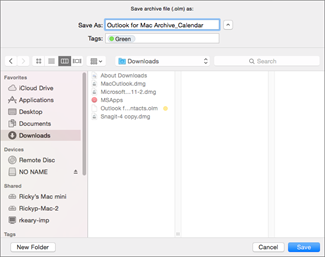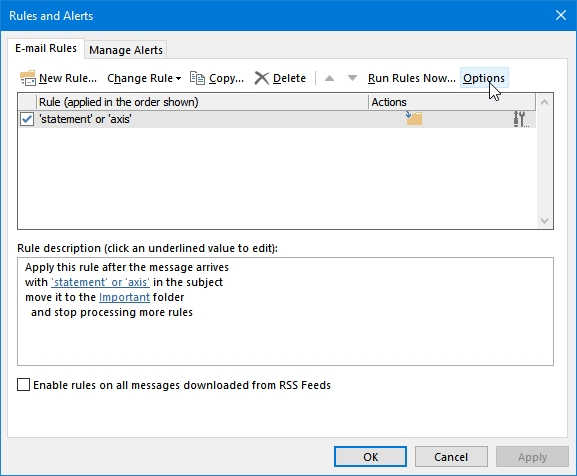


olm file because you’ll need it during the import process.Įxport your Outlook for Mac email messages, contacts, calendar items, tasks, and notes to a. If you’re moving from one Mac to another or upgrading from Outlook for Mac 2011 to Outlook 2016 for Mac, you’ll want to export your email messages, contacts, calendar items, tasks, and notes to a. olm file is the data file used by Outlook for Mac to archive your email messages, contacts, calendar items, tasks, and notes. To import an OLM file on a Mac follow these stepsĪ. Now that your files are exported, time to import them. Once your data has been exported, you’ll get a notification and you’ll choose Finish.

Migration assistant choked on this folder twice, leaving me unable to move it via a thunderbolt to thunderbolt connection. This folder needs to be copied from Mac to Mac when migrating data. The new location is not well documented, and I stumbled upon it on an obscure forum post, the location is ~/Library/Group Containers/UBF8T346G9.Office/Outlook/Outlook 15 Profiles/Main Profile In Outlook 2016 for Mac, Microsoft in its infinite wisdom, has changed the default location of the email profile folder. I wanted to share my info in the event that it helps someone out there. If rules have “ (For other computer)” behind their name, you can remove this by double clicking on that rule and disable the “ on this computer only” action.I recently had to help a client move from one Mac to another, during the process one task proved more challenging than originally anticipated. This will open a folder dialog where you can select the correct folder for the rule to move the messages to. To do this, select the rule and then click on the blue folder link. Importing and “Move to folder” rulesĪfter importing your rules, you might need to relink all the "move to folder" rules to the correct folder again, even tough they might seem still correct. If you have multiple accounts configured and they all deliver the email to the same pst-file or Exchange mailbox, this will count as a single mailbox.Įxport your rules via the Options dialog of Rules & Alerts. In that case, you’ll see a dropdown list at the top of the E-mail Rules tab. If you have configured multiple mailboxes in Outlook, you’ll need to export the rules for each mailbox. Note 2: Since Outlook 2010, rules are stored on a per mailbox basis. So if you make a backup of your pst-file, you’ll automatically have a backup of your rules too. Note 1: When using a POP3 account, rules are stored within your pst-file.

Tools-> Rules and Alerts…-> Options-> Export Rules… Exporting them will create an rwz-file which you can later import again via that same dialog. You can make a backup of your rules via the Options dialog of the Rules and Alerts window. I have quite a few rules configured which I'd hate to lose.Ĭan I make a backup of just my rules just in case something happens to them or when moving to another computer?


 0 kommentar(er)
0 kommentar(er)
